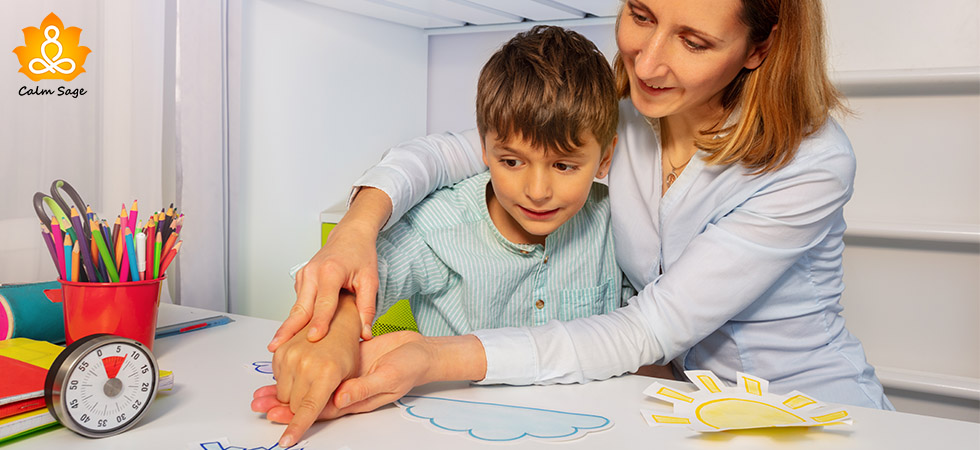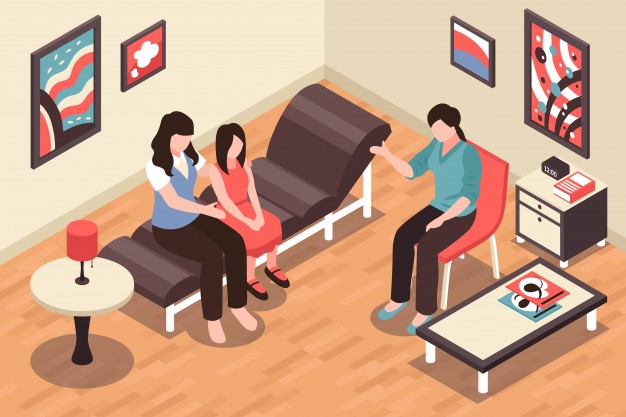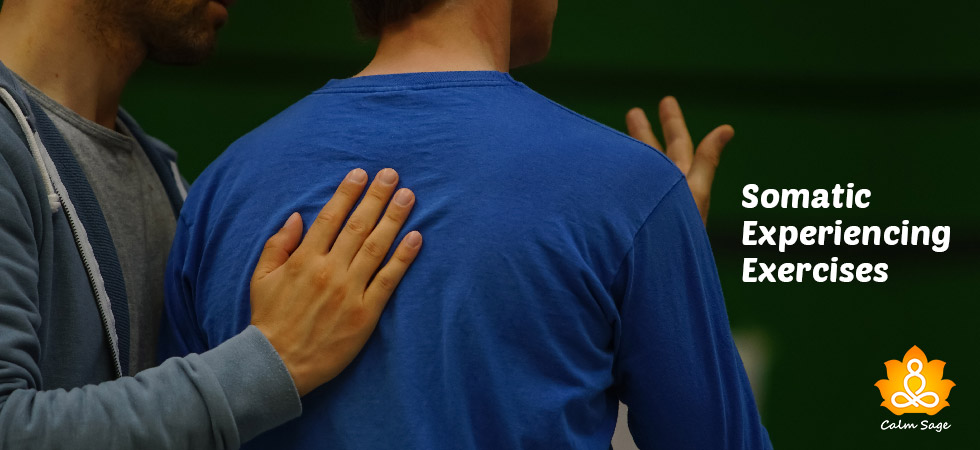How Applied Behavioral Analysis (ABA) Therapy Helps in Treating Autism

Recently, a new therapy has been in talk for treating Autism. This therapy is claimed to improve social, academic, communication, and daily living skills of children with Autism. It understands difficult behaviour, reduces it, and further changes it. ABA Therapy is also referred as the “gold standard” for autism treatment. Originated from Behaviour Theories, the ideology that governs this therapy is- “desired behaviours can be taught through rewards.” But that’s not it! ABA therapy is more than rewards and autism. Let us explore it in depth.
Also Read: Famous People With Autism
History of ABA Therapy
Applied Behaviour Analysis Therapy(ABA) is based on learning theory. Dr. Ivar Lovaas, a behavioural psychologist was the first one to apply ABA to autism at UCLA’s Psychology department in 1987. He found that children who received ABA training learn to behave in a particular manner at some occasion. Surprisingly, some even lose their autism diagnosis after receiving intensive therapy.
How ABA Therapy Works
ABA therapy and its technique is used for autistic children or children with other development issues.
It helps by them improving:
- Social skills.
- Self-care skills.
- Play skills.
- Communication skills.
And reducing their:
- And other difficult behaviour.
To achieve these benefits ABA Therapy uses a systematic and program-based approach. The programme includes the following things:
- Consultation and Assessment: Assessing a child’s current skills and difficulties.
- Developing a Plan: Setting goals and objectives for the children to meet through therapy. Along with this it also involves designing and implementing a program that teaches the ‘target’ skill.
- Training: ABA takes parents and caregivers into consideration as well. Hence they teach them strategies to reinforce the child’s behaviour outside the therapy.
- Evaluation: Measuring the ‘target’ skill to check if the program is working or not.
- Follow Up: Evaluating the program itself and making necessary changes if needed.
Techniques Used in ABA Therapy
Depending on the child’s age and the issue that the therapy aims to resolve the technique used in ABA therapy will differ. Some of the most commonly used intervention in ABA are:
- Early Intensive Behavioural Intervention (EIBI): This intervention is generally recommended for children younger than five. Herein, an individualized curriculum is designed for the child to teach him communication, functional and adaptive skills, and social interaction.
- Discrete Trial Training: Here skills are taught through a reward system and structured task completion.
- Pivotal Response Training: The child takes the lead here and learns new activities through the few choices given by the therapist. This helps him learn specific skills.
- Early Start Denver Model (ESDM): Several goals are accomplished at once through play-based activities.
- Verbal Behavior Interventions: The focus of this intervention is to increase the verbal and communication skill of the child.

Areas Where ABA Therapy Helps
It is often believed that Applied Behaviour Analysis Therapy is used in treatment of autism alone. But that is not the case, ABA Therapy does offer relief in other mental health conditions as well. This includes:
- Eating disorders
- Attention Deficit Hyperactivity Disorder (ADHD)
- Anger Issues
- Obsessive-Compulsive Disorder
- Panic Disorder
- Post-Traumatic Stress Disorder
Benefits of ABA Therapy
Once the ABA therapy session is completed you will be able to see the following changes in children:
- Reduced or stopped self-harming behaviour.
- More interest in people around them.
- Learning to make demands and follow instructions.
- Communicating with others more effectively.
- Developed focus at school.
- Having fewer tantrums and other outbursts.

Checking Other Factors of ABA Therapy
From the above discussion one thing is clear that Applied Behaviour Analysis (ABA) Therapy is definitely helpful in treating children with autism and other issues as well. But to get a complete picture of ABA Therapy we have to consider the other factors like- cost, sessions and more.
How Much Does ABA Therapy Costs?
The cost of ABA therapy generally starts from $120 per hour. The treatment thus ends up costing $1,200 per week. Therefore, it is recommended that you consult your insurance company and school and check for financial aid.
For How Long Does ABA Therapy Last?
Experts recommend that up to 40 hours of ABA therapy each week. While some kids show improvement within 4 months, others can take upto 3 years.
Where Can I Find An ABA Therapist?
You can speak with your pediatrician or medical provider and he can help you connect with the ABA therapist in your area and city. Or you can also find a certified ABA therapist on telehealth platforms. Just make sure that your therapist is certified by a Board-certified Analyst (BCBA).
Final Words
ABA therapy is effective in treating autism. Many children have benefitted from it and have built upon necessary skills throughout the treatment. However, the cost of treatment is a concern. Therefore, we suggest you seek insurance if possible.
PS: Remember no one therapy works for all. So, if your child doesn’t respond to ABA Therapy you can always look for other alternatives.
Thank you for reading!




















